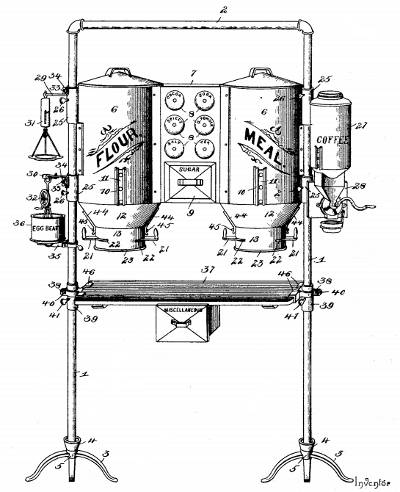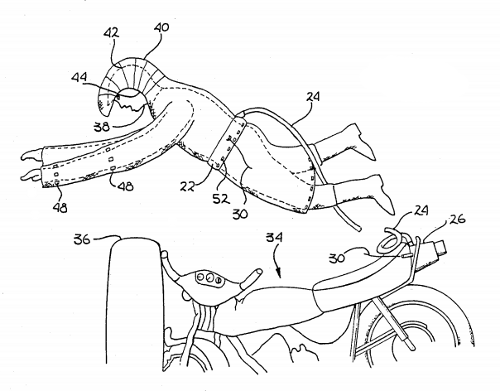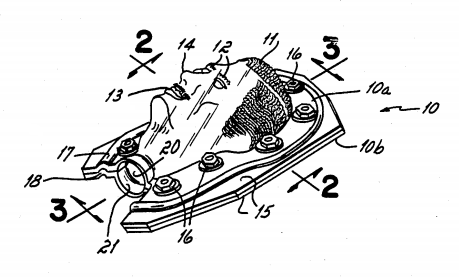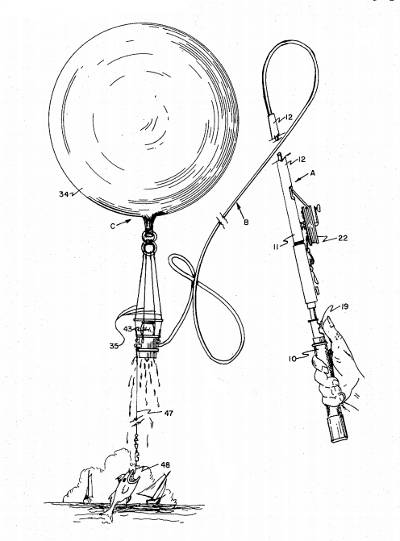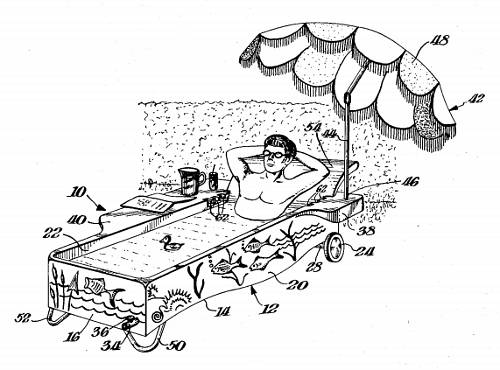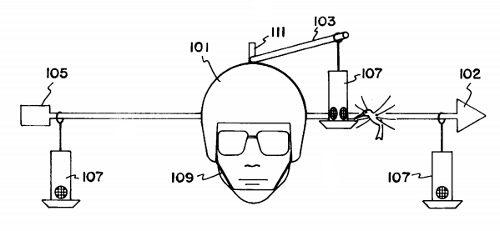
In April 2005, when the Vatican began to seek a successor to John Paul II, technology author Rogers Cadenhead registered the domain names ClementXV.com, InnocentXIV.com, LeoXIV.com, BenedictXVI.com, PaulVII.com, and PiusXIII.com, hoping that the new pope would take one of these names.
“Someone else already has JohnPaulIII.com and JohnXXIV.com,” he wrote on his blog, “but otherwise I put a chip down on every name of the past three centuries.”
When Joseph Ratzinger chose the name Benedict XVI, “I felt like my horse had come in first at the Kentucky races,” he told CNN. As owner of the new pope’s domain, he made a few requests, including:
- Three days, two nights at the Vatican hotel.
- “One of those hats.”
- Complete absolution, no questions asked, for the third week of March 1987.
“Whatever decision I make will be guided by the desire not to make 1.5 billion people mad at me … including my grandmother,” he told the Washington Post. As I write this, the domain appears to be unused — perhaps they’re still negotiating.

